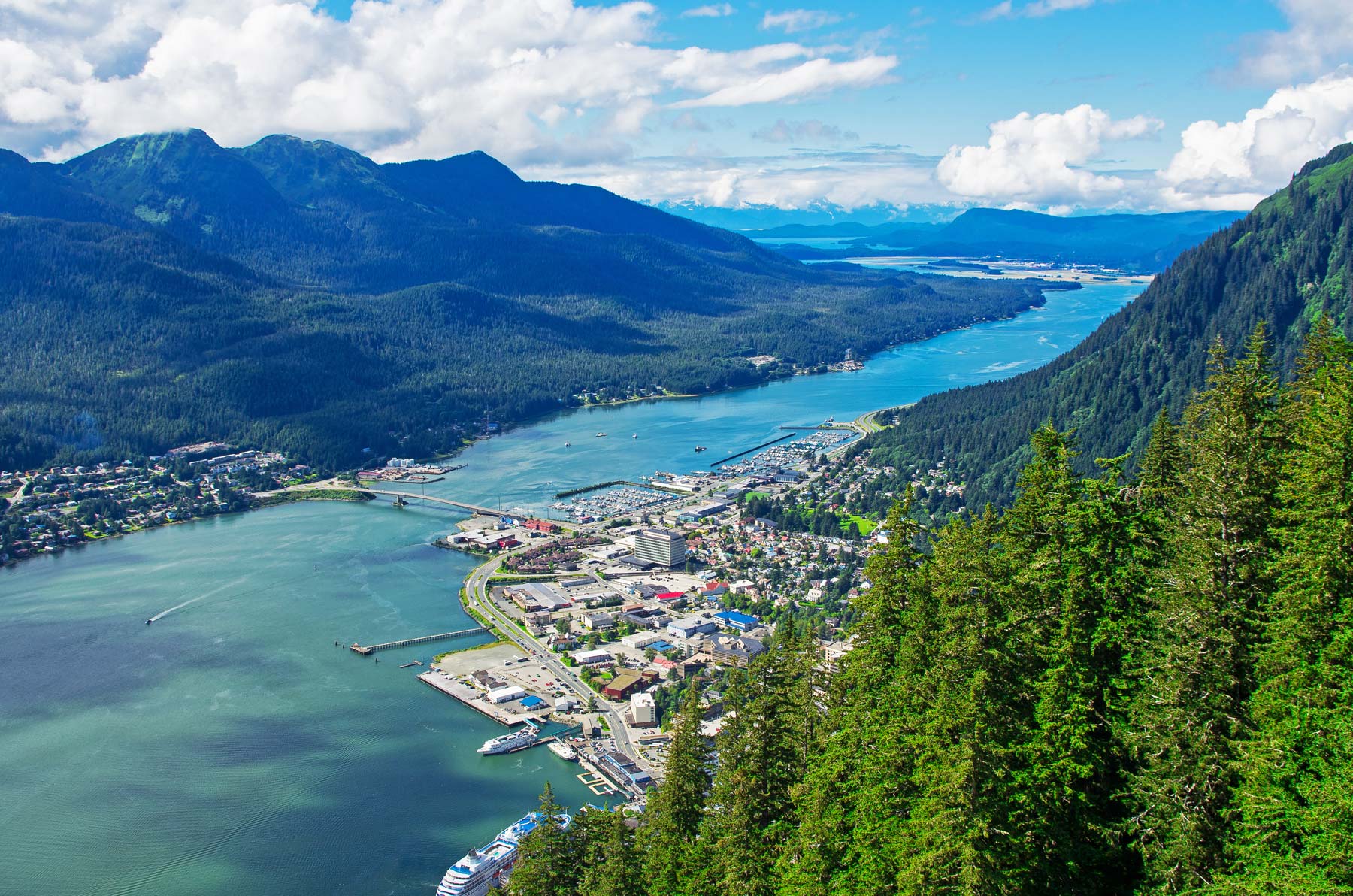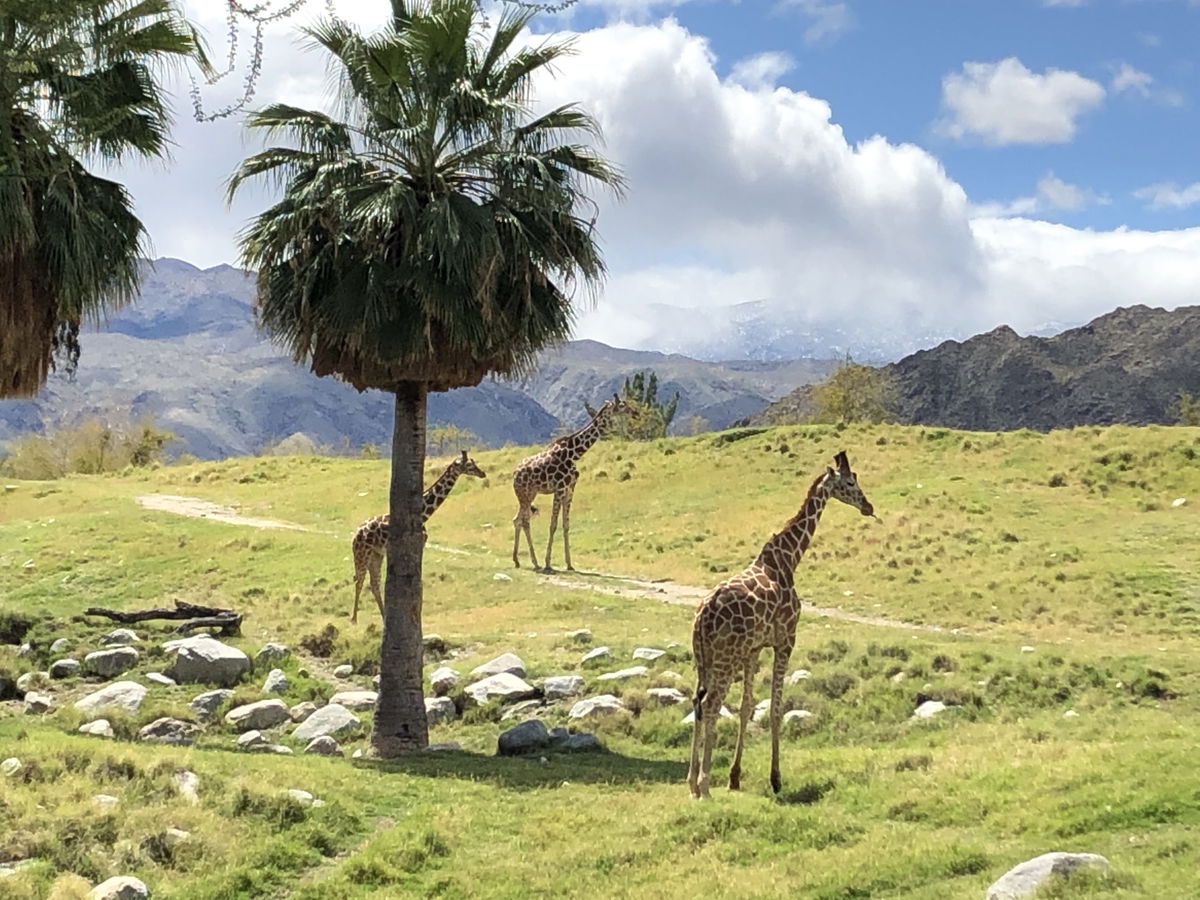Alaska Off-Grid Living A Frontier Life
Alaska off grid living – Alaska off-grid living represents a unique and challenging lifestyle, demanding resilience and self-sufficiency in the face of extreme weather, abundant wildlife, and limited resources. This pursuit of independence, however, offers a profound connection with nature and a sense of freedom unavailable in conventional settings. From harnessing renewable energy sources to mastering sustainable food production, the challenges are numerous, but the rewards equally significant for those willing to embrace the rugged beauty and inherent difficulties of the Alaskan wilderness.
This exploration delves into the practical aspects of off-grid existence in Alaska, examining the necessary infrastructure, essential skills, and crucial preparations needed to thrive in this demanding environment. We will cover everything from energy generation and water management to building considerations, food security, and safety protocols, providing insights into the realities of this increasingly popular, yet often misunderstood, lifestyle choice.
Challenges of Off-Grid Living in Alaska: Alaska Off Grid Living
Alaska’s vast, rugged landscape presents a unique set of challenges for those choosing the off-grid lifestyle. While the allure of self-sufficiency and connection with nature is strong, the realities of extreme weather, limited resources, and wildlife encounters demand significant preparation and resilience. The logistical hurdles involved in maintaining an off-grid existence in this remote environment are substantial, impacting everything from daily necessities to emergency response.
Environmental Challenges in Alaskan Off-Grid Living, Alaska off grid living
The Alaskan climate is notoriously unforgiving. Off-grid residents face extreme temperature fluctuations, ranging from scorching summers to brutally cold winters with prolonged periods of darkness. These conditions impact infrastructure, requiring robust and well-maintained systems for heating, power generation, and water management. Furthermore, the prevalence of severe weather events, including blizzards, heavy snowfall, and flooding, poses constant threats to property and safety.
Wildlife encounters are another significant concern. Bears, wolves, and moose are common throughout the state, necessitating careful planning and implementation of safety measures to protect both people and property. The remote locations often chosen for off-grid living can also limit access to immediate emergency services, demanding self-reliance and preparedness for unexpected events.
Logistical Difficulties of Obtaining Supplies and Services
Securing essential supplies and services in remote Alaskan locations presents a major logistical challenge for off-grid residents. Access to healthcare, groceries, and building materials is often limited, requiring extensive travel or reliance on expensive air or water freight. Routine maintenance and repairs can also become costly and time-consuming due to the difficulties of transporting equipment and skilled labor to remote areas.
The availability of reliable communication networks can be inconsistent, hindering access to emergency services and limiting social connection. These logistical constraints often necessitate significant upfront investment in equipment, supplies, and backup systems to ensure self-sufficiency and minimize reliance on external support.
Cost Comparison of Off-Grid Living in Alaska vs. Other Regions
The cost of off-grid living in Alaska is significantly higher than in many other regions due to the aforementioned challenges. While the initial investment in land and infrastructure may vary, ongoing expenses related to energy, water, food, and waste disposal are substantially greater. The following table provides a comparative overview of average annual costs, acknowledging significant regional variations.
Note that these are estimates and actual costs can vary widely depending on location, lifestyle, and system choices.
| Cost Category | Alaska (Off-Grid) | US Average (Rural) | US Average (Urban) |
|---|---|---|---|
| Energy (Electricity & Heating) | $8,000 – $15,000 | $2,000 – $4,000 | $1,500 – $3,000 |
| Water (Collection & Treatment) | $1,500 – $3,000 | $500 – $1,000 | $500 – $1,000 |
| Food (Groceries & Supplies) | $6,000 – $12,000 | $4,000 – $8,000 | $5,000 – $10,000 |
| Waste Disposal (Septic & Recycling) | $1,000 – $2,500 | $500 – $1,000 | $300 – $700 |
Energy Sources and Sustainability

Off-grid living in Alaska presents unique challenges regarding energy production and storage. The long, dark winters and remote locations necessitate robust and reliable systems capable of withstanding harsh environmental conditions. A successful off-grid energy strategy requires careful consideration of available resources, system design, and ongoing maintenance. This section will explore the various renewable energy sources and storage solutions suitable for Alaskan off-grid homes.
Renewable Energy Sources for Alaskan Off-Grid Homes
Alaska’s diverse geography offers several renewable energy options. However, the optimal choice depends heavily on location-specific factors such as sunlight availability, wind patterns, and water resources. A thorough site assessment is crucial before committing to a particular system.
Solar Power: Solar panels harness sunlight to generate electricity. In southern Alaska, where sunlight hours are relatively longer during summer months, solar power can be a significant contributor to the energy mix. However, the shorter days and frequent cloud cover during winter limit its effectiveness. The initial investment can be substantial, but long-term operational costs are low. Maintenance primarily involves cleaning panels to maximize efficiency.
Wind Power: Alaska’s strong winds, particularly along coastlines and mountain passes, make wind turbines a viable option. Wind turbines require significant upfront investment, and their effectiveness depends on consistent wind speeds. Noise pollution and visual impact are potential drawbacks. Regular maintenance, including blade cleaning and gear lubrication, is essential to ensure optimal performance and longevity.
Hydropower: For locations with access to flowing water, small-scale hydropower systems can provide a reliable source of electricity. These systems harness the energy of moving water to turn a turbine, generating electricity. The initial cost can be high, depending on the scale of the system, but they generally require minimal ongoing maintenance. However, environmental impact, such as disruption to aquatic ecosystems, must be carefully considered.
Energy Storage Solutions for Alaskan Off-Grid Properties
Reliable energy storage is critical for Alaskan off-grid homes, as renewable energy sources are often intermittent.
Batteries: Batteries are the most common energy storage solution for off-grid systems. Deep-cycle lead-acid batteries are a cost-effective option, but they have a shorter lifespan (typically 5-7 years) and require regular maintenance, including equalizing charges. Lithium-ion batteries offer higher energy density, longer lifespan (10-15 years), and require less maintenance, but they are significantly more expensive. Proper battery sizing is crucial to ensure sufficient energy storage for periods of low renewable energy generation.
Generators: Generators, typically fueled by propane or gasoline, provide backup power during periods of low renewable energy production or system failure. They are a reliable source of energy but require regular maintenance, including oil changes and filter replacements. Fuel storage and transportation are also important considerations. The environmental impact due to emissions should be taken into account.
Sample Off-Grid Energy System for an Alaskan Cabin
Consider a hypothetical 1,000 square foot cabin located in Southcentral Alaska. This system aims for a balance of renewable energy generation and reliable backup power.
Components and Capacity:
- Solar Panels: 4 kW system (approximately 16 x 250W panels), providing power during sunny periods.
- Wind Turbine: 1 kW system, supplementing solar power, especially during windy conditions.
- Battery Bank: 12 kWh lithium-ion battery system, providing sufficient storage for several days of low generation.
- Generator: 5 kW propane generator, providing backup power during extended periods of low renewable energy generation or system failure.
- Charge Controller: To regulate the charging of the battery bank from solar and wind sources.
- Inverter: To convert DC power from the batteries and renewable sources to AC power for household appliances.
This system would require professional installation and ongoing maintenance to ensure optimal performance and safety. The specific components and capacity should be tailored to the individual needs and location of the cabin.
Alaska off-grid living is not for the faint of heart. It demands significant planning, resourcefulness, and a deep respect for the power of the Alaskan wilderness. While the challenges are considerable—from extreme weather and wildlife encounters to logistical hurdles in obtaining supplies—the rewards are equally compelling: a life deeply connected to nature, a profound sense of self-reliance, and a unique experience of freedom and independence.
For those prepared to meet the demands, this life offers a unique opportunity to live authentically and connect with the raw beauty of Alaska.
In this topic, you find that off grid living with jake and nicole is very useful.



